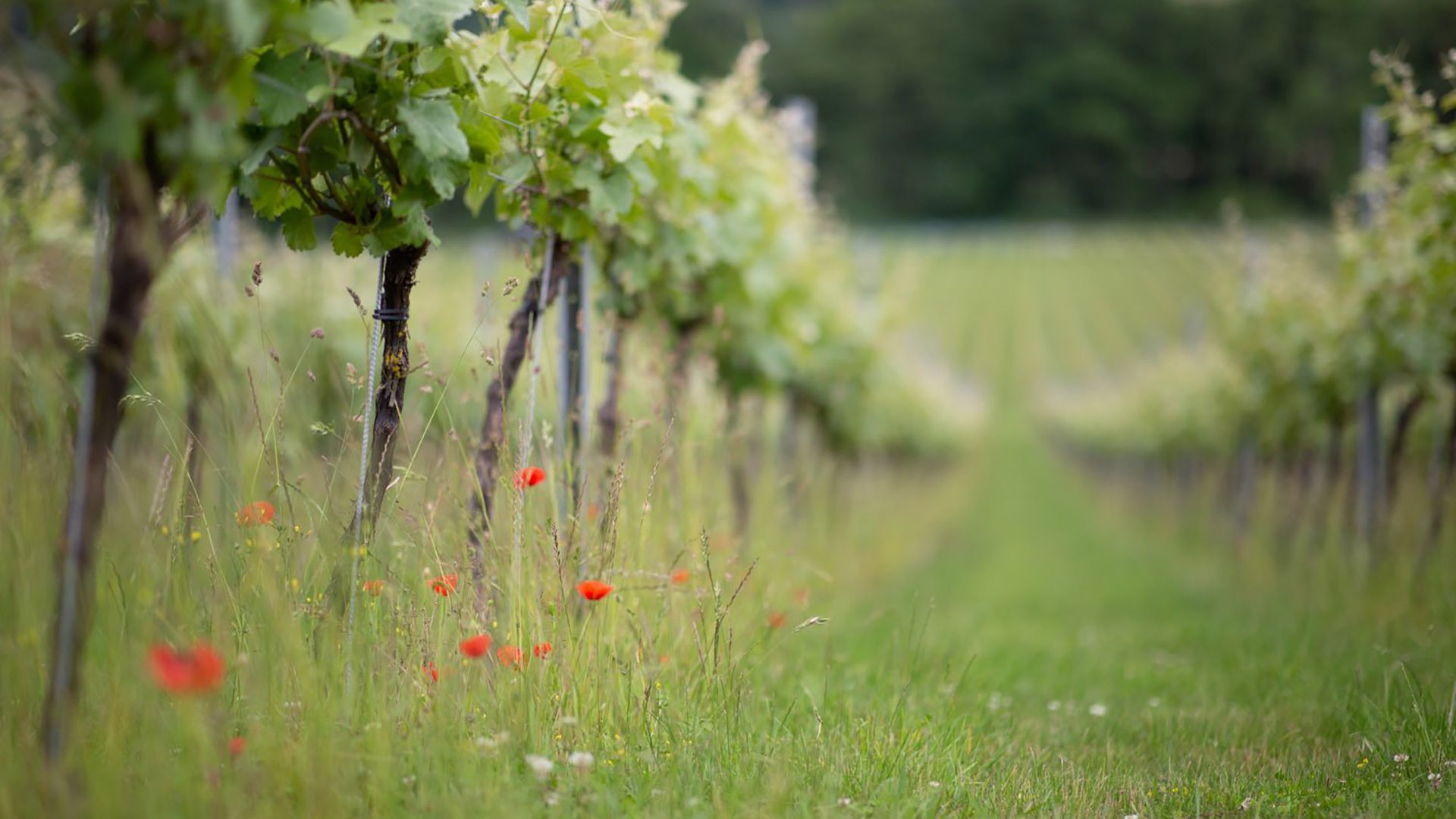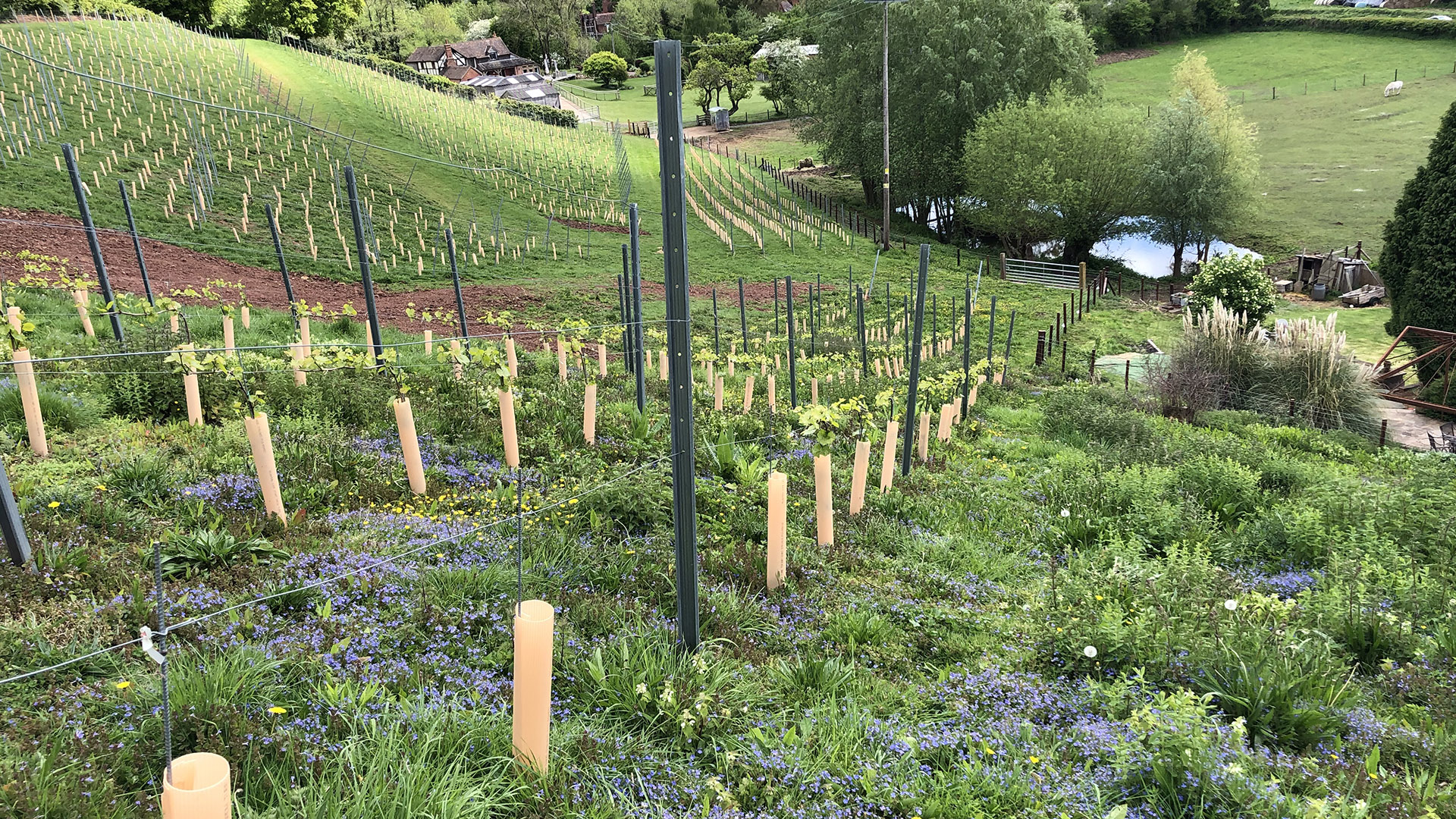The winemaking industry is becoming more conscious of the environmental factors it needs to address. Sustainable Wines of Great Britain (SWBG), a programme under the industry body Wines of Great Britain (WineGB), aims to reduce carbon emissions produced by the sector and to create a vibrant community of wine producers committed to sustainability within the English and Welsh wine industry.
With their WineGB Carbon Calculator, SWGB provides wine producers a tool for direct climate action.
When UPM Raflatac noticed what SWGB was trying to achieve, it quickly led to a collaboration. UPM Raflatac became one of the programme’s sponsors. “We immediately saw great synergies between UPM Raflatac and the vision of SWGB. They have established a wonderful platform to share information and best practices,” says Jay Betton, Packaging Solutions Manager at UPM Raflatac.
“Around 70% of the carbon footprint of wine comes from packaging. Due to Raflatac’s know-how, the collaboration was a natural fit,” says Chris Foss, the chair of the working group behind SWGB.

In the picture: Chriss Foss. Image courtesy of Christopher Lanaway
Keeping track of progress with the Carbon Calculator
SWGB helps its nearly 70 members to meet their objectives to improve sustainable practices by running a certification scheme that involves almost half of the industry in the UK. New members are audited in the year of joining and after that, every three years. As a condition of membership, the members are required to calculate their carbon footprint annually and commit to a cycle of continuous improvement.
In 2020, SWBG adapted The Farm Carbon Toolkit’s tool to develop The WineGB Carbon Calculator, which answers the specific needs of wine producers looking to calculate their carbon footprint.
“We found that wine producers didn’t have clear standards or guidelines when it comes to sustainability efforts,” Foss states. “The main thing was to add the peculiarities of vineyards and wineries to the tool. Now our members can collect and share data, and the Carbon Calculator breaks down different contributors to their carbon footprint.”

Challenges can arise when trying to find an internationally recognized carbon footprint for products used in wineries. “In these situations, we contact the manufacturer of the product, such as fining agents, for instance, and ask them to calculate and reduce their carbon footprint,” Foss explains.
In addition to the Carbon Calculator, SWGB is launching a web-based data repository where wine producers can add data anonymously. The goal is to provide a place where producers can measure themselves against others, identify the areas where they most want their production to improve, and create a plan to move forward.
Sustainable winemaking now and in the future
Sustainable winemaking is a rapidly growing trend not just in England and Wales. The industry at large is going through a transformation, and the packaging industry has taken notice.
“We see more and more interest from wineries who want to convey the efforts they are making in sustainable wine production. The packaging can support the message they communicate to ever more aware consumers. The label can be the first attractor and the differentiator, whilst also promoting sustainability,” Betton says.

At UPM Raflatac, we have developed the Label Life service that quantifies the carbon footprint of packaging labels to support brand owners in making the right material selections to support their sustainability efforts. The Label Life tool is based on life cycle assessment (LCA), a scientific method for analysing the environmental impacts of products. Through our service you can get LCA calculations on three fundamental impacts: greenhouse gas emissions, energy use, and water consumption. Label Life offers comparisons of different UPM Raflatac products and relevant end-of-life scenarios for the liner, helping you to find the right sustainability solutions for your needs.
In the UK, the rise of wine production is linked to the revival of rural and local food traditions, says Foss. Wine is not only a luxury product, it has cultural and historical dimensions as well. Foss hopes to tie the tradition of English wines strongly to sustainability.
“Nobody has to drink wine. Therefore, the industry must be cleaner than clean. The customer needs to be convinced that they are drinking a high-value product that’s respectful towards the environment,” Foss concludes.
The first generation of SWGB Scheme-approved wines will be launched at WineGB Trade Tasting on September 7th.
Writer: Sini-Maria Melanen